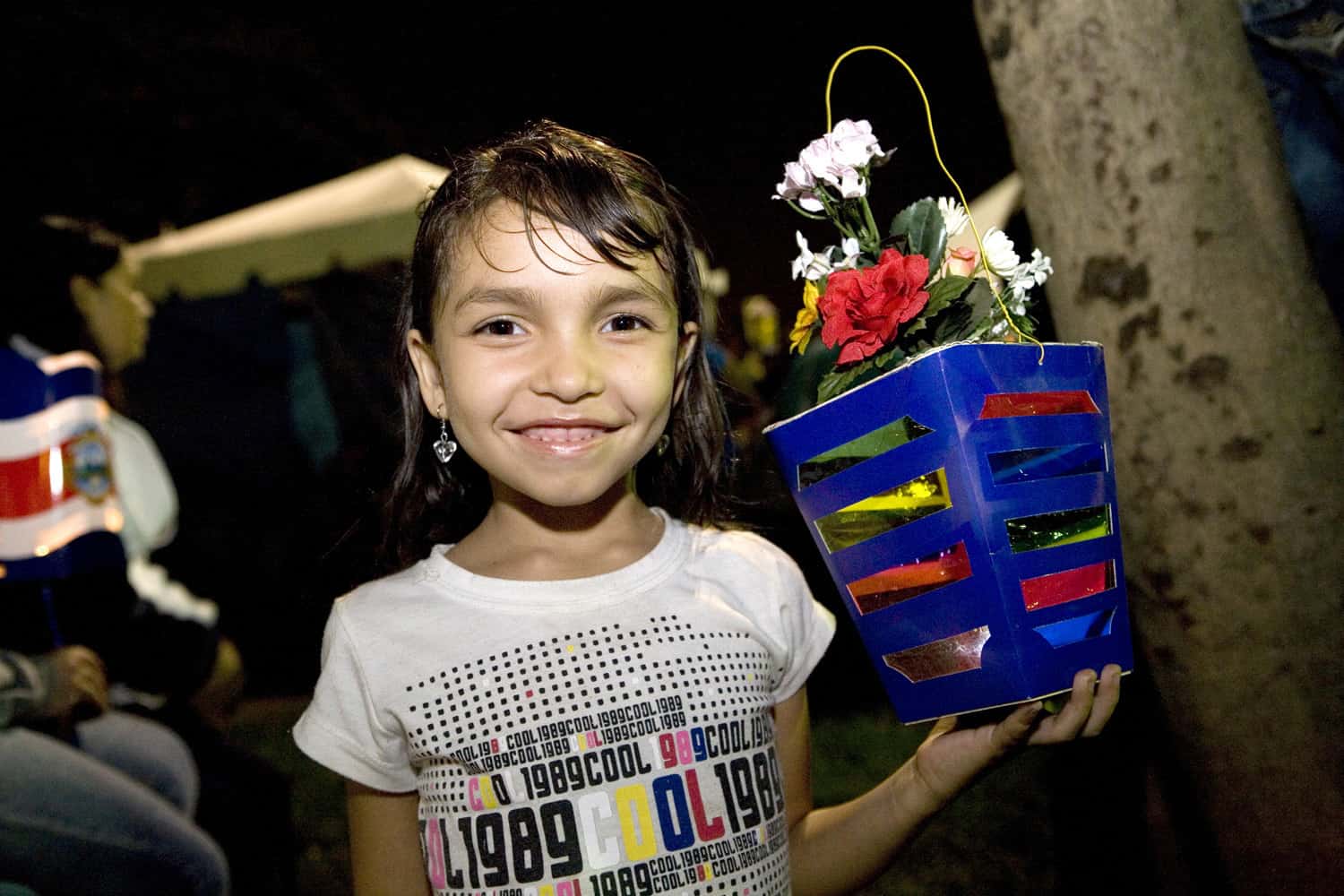Every September 14th, on the eve of Independence Day, most towns and cities of Costa Rica celebrate the traditional lantern parade. Driven by educational centers, this event promotes national pride within communities and fills students with joy and happiness as they showcase the lanterns they have crafted with their own hands.
Currently, the lantern parade tradition coincides with the journey of the Central American Independence Torch, which travels throughout the country. This torch symbolizes the flame of freedom that made history on that fateful night in 1821 in the streets of Guatemala, commemorating the independence of Central American countries from Spain.
Historical Context
To fully appreciate this celebration, it’s crucial to understand the context in which the Independence Act was signed on September 15, 1821.
While these pivotal events were unfolding in Guatemala, Costa Rica was largely oblivious to the happenings. In the early 19th century, the absence of electricity meant that nighttime lighting, both inside and outside homes, was limited. People relied on torches or lamps to navigate the streets.
At that time, Costa Rica, along with other Central American countries of today, was under the Captaincy General of Guatemala, which was part of the Viceroyalty of New Spain. While many advocated for independence from Spain, others clung to the existing political and administrative structures that defined them as Spanish colonies.
In this era, women rarely occupied the political stage. However, in Guatemala, Dolores Bedoya, with her indomitable spirit, became a beacon of change. Alongside her husband Pedro Molina Mazariegos and others, she ignited the call for independence. Marching with torches on September 14, 1821, she rallied the masses urging them to openly demand independence.
Their momentum carried into the next day, September 15. Leading a large group of citizens, she stationed herself outside the National Palace of Guatemala where the elite convened to discuss the prospects of independence. Amid the melodies of marimbas and the roar of fireworks, Dolores Bedoya delivered a stirring speech. With arms raised, she beckoned the crowd to voice their demand for independence.
After the signing, in unified voices, the cry rang out: “Long live the Homeland! Long live freedom!”
Costa Rica’s Tradition
In Costa Rica, the tradition of the lantern parade took root in 1953, following the Civil War of 1948, during a period when there was a resurgence of national values.
Professor Víctor Manuel Ureña Arguedas (1912-1995), the provincial school director of San José, was the official force behind the lantern parade’s initiation in 1953. He engaged teachers from various schools to host this event annually on September 14th at 6 p.m., with the mission of nurturing a sense of civic duty, beginning with the younger generation.
The inaugural parade witnessed overwhelming participation from students of San José, accompanied by their educators and parents. Displaying their artistic lanterns, they marched through the streets of San José, suffusing the capital with joy and civic pride.
Over time, as educators championed this parade, and its influence expanded to other communities. Today, it stands as a vibrant and patriotic tradition, with students, teachers, parents, and other family members enthusiastically partaking — from crafting the lanterns to joining the parade through various Costa Rican towns.
In 2023, as Costa Rica and its Central American neighbors mark 202 years of independence, it presents a fitting moment to honor this invaluable tradition and ensure its continuation, fostering the national pride that epitomizes being Costa Rican.

